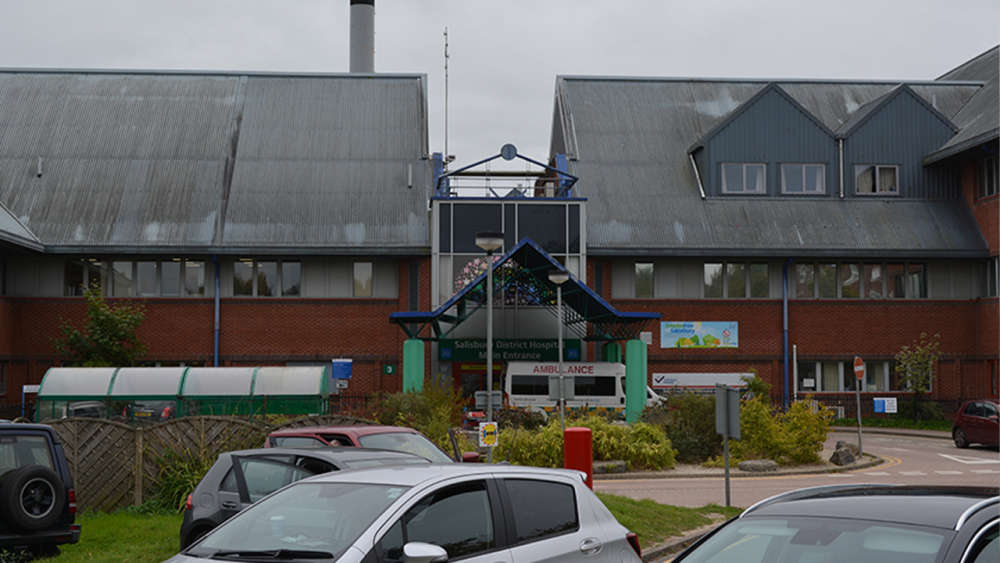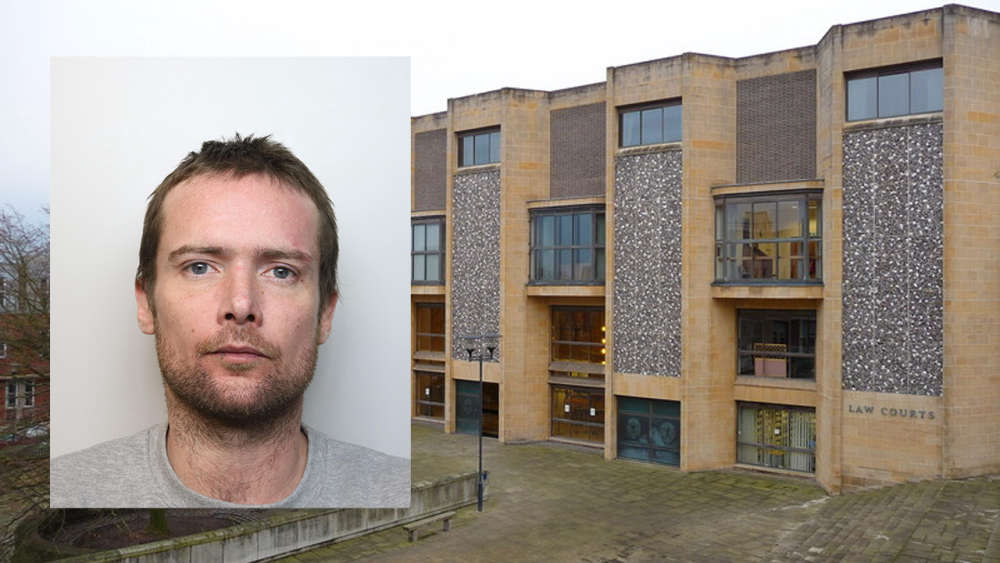SSE’s first battery energy storage system (BESS) project, located in Salisbury, Wiltshire, England, is now fully operational.
The 50MW / 100MWh BESS project, which could power over 80,000 homes for two hours at times of peak demand, is the first operational battery site in SSE’s portfolio.
The asset is now trading in Great Britain’s wholesale energy market following the completion of the site's final energisation tests.
The Member of Parliament for Salisbury, John Glen MP, officially marked the asset reaching this major milestone at a ceremony held on Friday (12th April).
Construction of the 26-battery unit project began on a site next to the old Quidhampton Quarry at Salisbury in 2022 in conjunction with project partners, technology group Wärtsilä.
Now operational, the BESS asset can store up to 100MWh of energy for flexible dispatch to the National Grid when needed. When called upon, the system can operate for up to two hours at a time during peak demand.
John Glen MP said: “I am delighted to formally open Salisbury’s battery storage site. SSE Renewables have installed 26 batteries on this site, and they are now fully operational.
“This welcome investment means supply of energy from renewable sources is reliable. Salisbury is leading the way as we continue our journey to net zero.”
Director of Development and Construction – Solar & Battery, Richard Cave-Bigley, said: “It’s with great pride that our first battery storage project at Salisbury is now fully operational, a huge milestone for everybody at SSE Renewables.
“Being a first-of-a-kind project for SSE, the project team has done a tremendous job throughout construction, and I’d like to congratulate everybody involved for their efforts to get to this stage, and I’d like to thank our project partners, Wärtsilä, for their work.
“Salisbury BESS will be a fantastic asset for SSE Renewables and our growing operational portfolio.”
Battery storage technology is recognised as being a net zero enabler. Batteries work by storing energy when output from natural sources such as wind is high and releasing it when wind output is low, but energy demand is high. They are fast responding and will play an increasingly important role in our energy mix as more carbon-based generation is phased out and further replaced by more renewables

 Multiple Pairs of Sunglasses stolen from Amesbury shop
Multiple Pairs of Sunglasses stolen from Amesbury shop
 Salisbury woman to run marathon in honour of dad who survived tumour the size of a rugby ball
Salisbury woman to run marathon in honour of dad who survived tumour the size of a rugby ball
 Salisbury District Hospital tops national survey
Salisbury District Hospital tops national survey
 Man jailed for 28 months following stabbing in Amesbury
Man jailed for 28 months following stabbing in Amesbury
 City Council announces plans for Armed Forces Day
City Council announces plans for Armed Forces Day
 Highest Score Arcade Announces Exciting Easter Events For All Ages
Highest Score Arcade Announces Exciting Easter Events For All Ages
 Man charged with attempted murder following serious crash in Salisbury
Man charged with attempted murder following serious crash in Salisbury
 Police looking for pair after attempted burglary on Catherine Street
Police looking for pair after attempted burglary on Catherine Street










